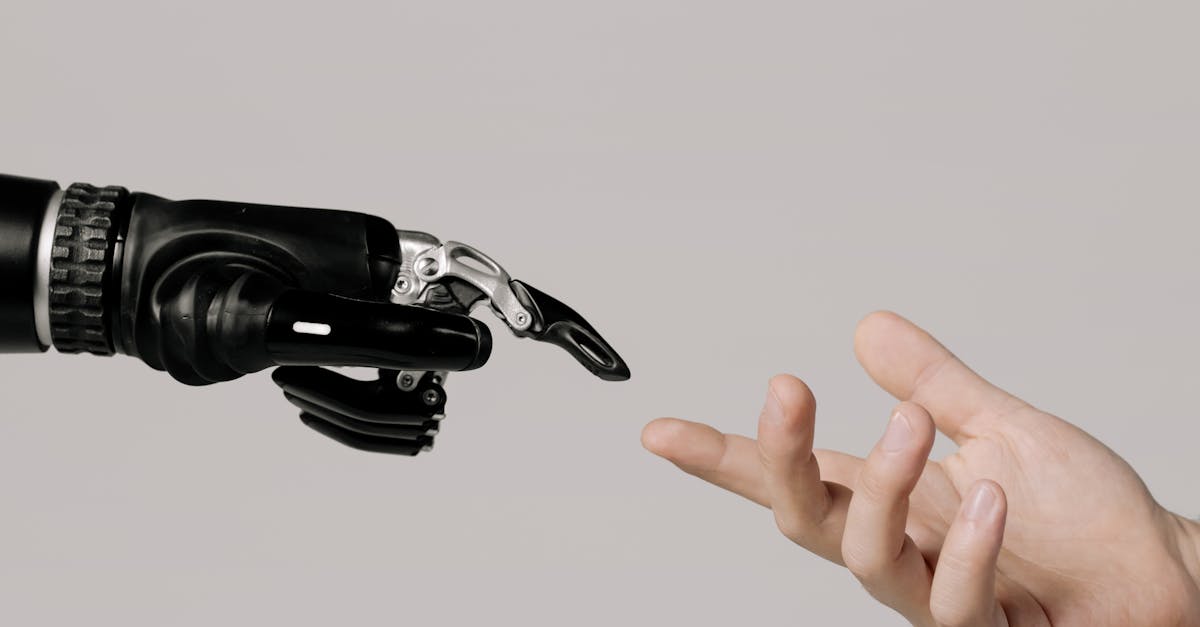The Latest AI Compliance Requirements in Personal Injury Law: What Attorneys Must Know for 2025
AI adoption in personal injury law is accelerating, offering advantages in research, drafting, and document analysis. However, this rapid evolution comes with a new set of compliance expectations that legal professionals cannot afford to ignore in 2025. We know from experience that maintaining trust with clients—and upholding the highest professional standards—requires attorneys to stay ahead of evolving regulations, data security obligations, and ethical mandates surrounding artificial intelligence.
The 2025 AI Compliance Landscape: What’s Changing?
This year brings significant developments in how personal injury attorneys must use AI responsibly. Several trends are converging:
- Stringent security standards are being enforced at both state and federal levels, especially when law firms process sensitive client information, medical records, or evidence through AI platforms.
- Transparency in AI outputs is becoming mandatory, with requirements that every AI-generated insight or recommendation be directly reviewed and verified by a licensed professional before reaching clients or courts.
- Human oversight (the so-called “human-in-the-loop” standard) is now a formal expectation, not just a best practice. Attorneys are responsible for reviewing, validating, and documenting all AI-assisted work.
- Regular compliance audits and frequent staff training have shifted from optional to essential, ensuring ongoing alignment with the evolving guidance from state bars and regulatory agencies.
Core Compliance Requirements for Attorneys Leveraging AI
At Paxton, we keep a close eye on policy and regulatory changes so legal professionals are never caught off guard. Here’s what you need to know to stay compliant:
- Multi-jurisdictional diligence: If you practice in several states or handle cross-jurisdictional cases, ensure your AI tools meet or exceed the strictest requirements. For instance, California and other states are raising the bar for privacy and data handling in legal AI applications.
- End-to-end data security: Only deploy AI platforms that exceed industry benchmarks—SOC 2, ISO 27001, and HIPAA compliance are rapidly becoming non-negotiable when handling medical or sensitive personal data. At Paxton, we adhere to all of these standards to safeguard your client information. Read more about Paxton’s security and compliance fundamentals.
- Rigorous output verification: Attorneys must verify every AI-generated legal finding, research result, or document before it leaves the firm. Human review and peer sign-off (especially for pleadings, evidence summaries, and drafts) is the new professional norm.
- Classifying AI use cases: Many firms now formally categorize AI use into risk zones—prohibited (like unsupervised client intake), supervised (such as analytics and research), and routine (document review with human sign-off). This governance helps organizations ensure that higher-risk processes receive more scrutiny.
- Continuous education and audits: Staying in compliance is an ongoing effort. Schedule regular staff training on AI risks, bias prevention, and policy changes. Formalize audits and process reviews every quarter, documenting usage protocols and corrective actions as needed. If you’re interested in tips to future-proof your legal practice, see our piece on essential AI strategies for lawyers.
Recent Legal and Ethical Developments Attorneys Need to Watch
New laws and bar guidance in 2025 put a sharp focus on ethics and transparency in personal injury practice. Some standout examples:
- Florida SB 794 requires human review of any AI-generated case evaluations and compels insurers using AI algorithms to explain their logic upon request—a right now granted to plaintiffs’ counsel. Attorneys in Florida must update their workflows accordingly.
- Federal and state scrutiny is growing over AI bias in insurance and settlement calculations, particularly for clients whose injuries fall outside historical datasets or involve nuanced non-economic damages. Being transparent and clear about these limitations is crucial to compliance, as discussed in best practices for AI-powered evidence analysis.
- Texas mandates explicit informed consent for clients whenever AI is employed for reconstruction of accident scenes, digital forensics, or analysis tied to medical or fitness wearables. Every use of evidence analysis tools must be carefully documented to demonstrate compliance.
Building a Solid AI Compliance Policy: A Step-by-Step Guide
We believe compliance is best achieved through clear, pragmatic steps. Here’s how you can operationalize an effective AI governance strategy for your personal injury practice:
- Establish an AI governance committee: Include partners, security staff, and compliance officers to oversee AI use and policy adherence.
- Map and review all AI use cases: Identify where AI is used along the case lifecycle, from intake to discovery, drafting, and negotiation. Classify each use by risk level and specify review procedures for all outputs.
- Formalize human review protocols: Require documented peer or supervisor sign-off on all important deliverables. Outline the steps for citation verification and empirical result checks.
- Enforce third-party and encryption requirements: Ensure all vendors meet SOC 2, ISO 27001, and HIPAA standards. Keep updated compliance records and security attestations from every technology partner. For details on what to look for in secure legal AI, visit our secure legal AI platform criteria guide.
- Institute ongoing staff training: Use quarterly training sessions to update everyone on new risks, ethical policies, and technological changes. Some states now allow CLE credit for these initiatives—take advantage wherever possible.
Practical AI Use Cases and Compliance Safeguards
Personal injury attorneys are using AI to work smarter, but always with strict compliance measures:
- Medical record analysis: AI can quickly parse thousands of pages of treatment notes and flag relevant clinical patterns. The attorney must personally review all critical findings and ensure accuracy before using AI summaries in negotiation, litigation, or correspondence. To see how Paxton supports this workflow, learn more about AI-powered legal document analysis.
- Legal research and motion drafting: Using AI for case law summaries speeds up early drafts. However, only outputs that have been double-checked and verified by a licensed attorney make it into official filings.
- Evidence review and demand letters: AI can single out inconsistencies or trends in uploaded evidence files, but a lawyer’s sign-off is always needed before taking further action or making client recommendations. For automation tips, read about AI-assisted demand letter drafting.
Key Considerations When Choosing an AI Platform in 2025
Selecting an AI solution is as much a legal compliance decision as a productivity one. Attorneys should insist on:
- Demonstrable SOC 2, ISO 27001, and HIPAA compliance for data security and privacy
- End-to-end encryption of all client and case data
- Closed AI model architecture to prevent outside data exposure or loss of confidentiality
- Robust audit and transparency reporting to allow regular compliance reviews
- Clear citations, source links, and a record of every AI-assisted step—so every insight or draft is traceable and verifiable
These benchmarks help maintain trust with clients while reducing organizational risk by keeping data, workflows, and professional reputation protected at all times.
Staying Agile: Regulatory Adaptation and Anticipating the Future
The regulatory environment for AI in personal injury law will keep evolving. To stay ahead, attorneys should:
- Monitor state bar guidelines and industry updates every quarter
- Document every consent, review, and policy update associated with AI use
- Standardize workflows so AI never substitutes for direct legal judgment or ethical review
- Engage with professional development and CLE resources focused on legal technology and compliance
In practice, this means that AI is a supplement to your expertise—not a replacement. Compliance is not static; it requires vigilance, education, and leadership by example.
Conclusion: Trusted AI Adoption for a Stronger Practice
As personal injury law evolves in 2025, attorneys are expected to set the standard in responsible AI adoption and compliance. Prioritizing secure, transparent, and human-verified processes ensures that the powerful capabilities of AI are harnessed not just for efficiency but for reliable, ethical advocacy.
If you are looking to future-proof your practice with an AI solution built for the highest security and compliance standards, explore what Paxton offers—our commitment to professional, trustworthy AI support sets your practice up for lasting success.



.jpg)






